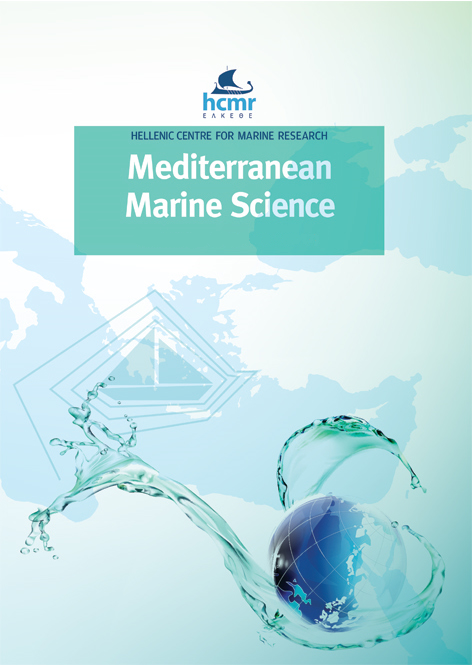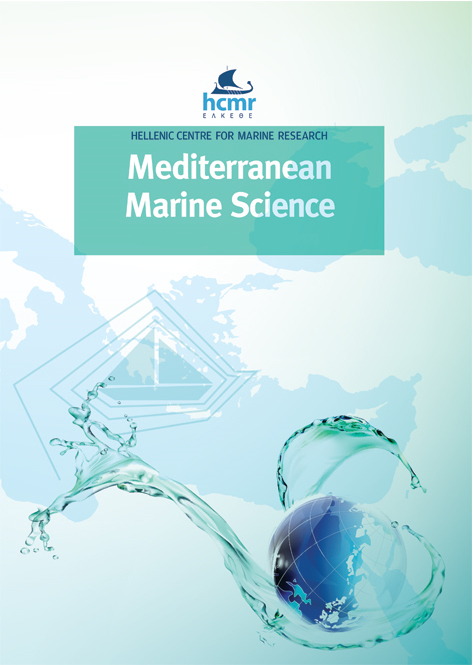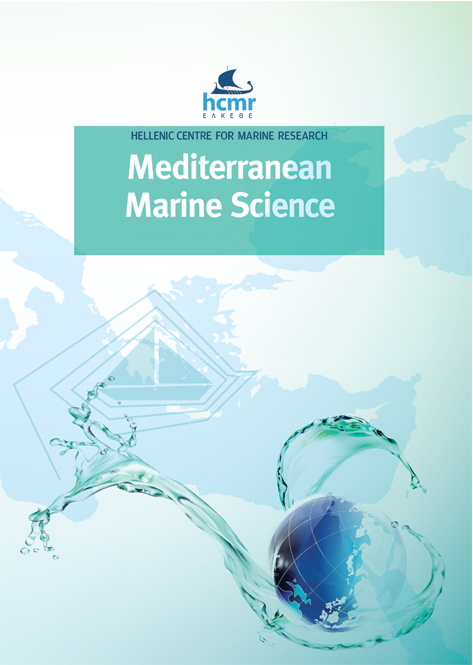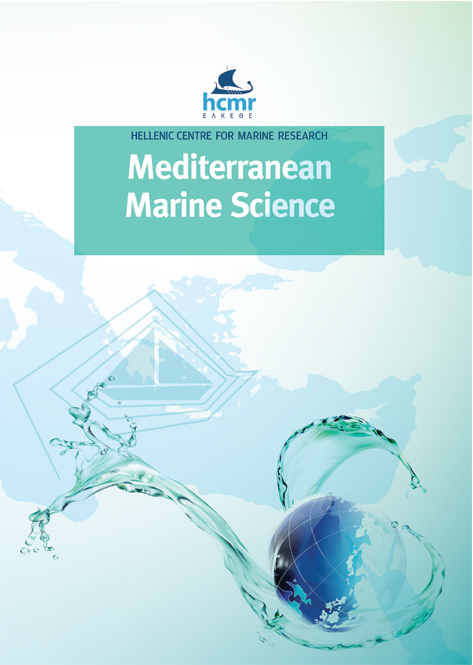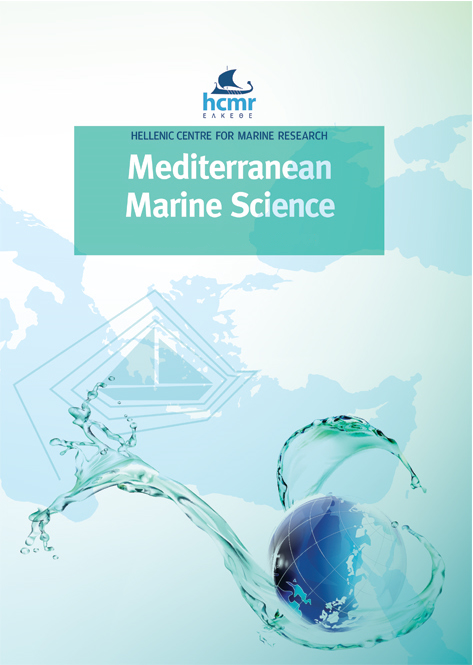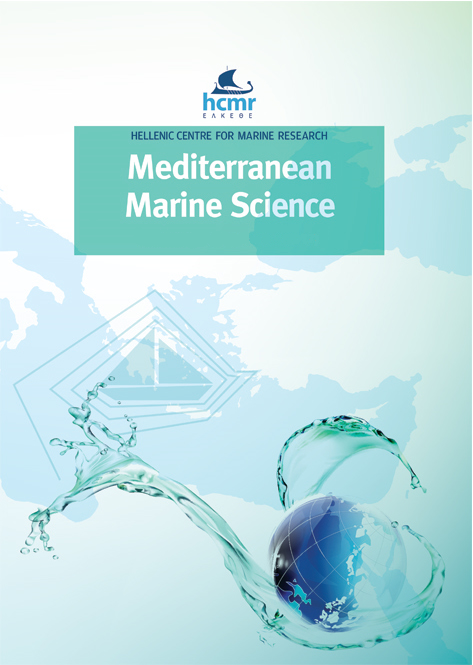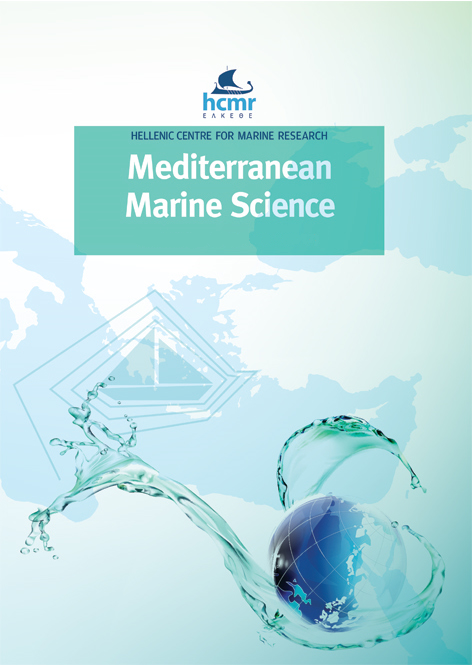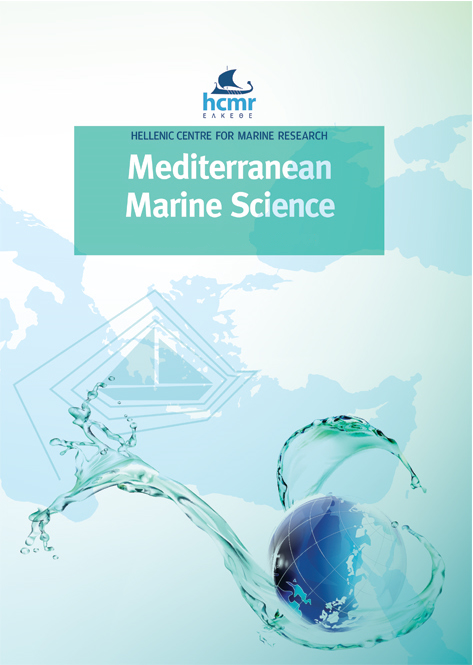Consequences of the experimental removal of Sabella spallanzanii (Gmelin, 1791) from the fouling assemblage of a Mediterranean harbour
Resumen
Filter feeding invertebrates are a relevant component of fouling assemblages with a pivotal role in ecological processes, since they improve water quality, enhance habitat heterogeneity and transfer organic matter from the water column to the benthos. They modulate the availability of resources to other species, with effects on the density and behavior of the surrounding macrofauna. The fanworm Sabella spallanzanii, one of the largest and most abundant Mediterranean filter feeders, provides a shelter for predation and a secondary substrate for algae and settlement for sessile invertebrates. We tested its role in driving the structure of fouling assemblages, through a removal experiment.
The experiment was one-year-long, with four sampling times. The effect of the removal on the fouling community was marginal in terms of species richness and evenness, while the biomass showed important differences, with a constant increase over time with higher values in the samples containing S. spallanzanii. At the end of observations, the biomass reached the value of 3917 g DW m-2 in controls and 2073 g DW m-2 in treatments. The empty space left by fanworms was not used by other species with similar biomasses. It is possible that the functioning of fouling communities may, in the event of loss of species, fluctuate in terms of biomass mobilization to different compartments, either towards the pelagic compartment or to the detritus chain. In systems with reduced water turnover, this by-pass can have important consequences in terms of stability and ecological balance.
Article Details
- Cómo citar
-
PIERRI, C., COLANGELO, P., DEL PASQUA, M., LONGO, C., & GIANGRANDE, A. (2019). Consequences of the experimental removal of Sabella spallanzanii (Gmelin, 1791) from the fouling assemblage of a Mediterranean harbour. Mediterranean Marine Science, 20(3), 476–486. https://doi.org/10.12681/mms.19732
- Número
- Vol. 20 Núm. 3 (2019)
- Sección
- Research Article
Authors who publish with this journal agree to the following terms:
- Authors retain copyright and grant the journal right of first publication with the work simultaneously licensed under a Creative Commons Attribution Non-Commercial License that allows others to share the work with an acknowledgement of the work's authorship and initial publication in this journal.
- Authors are able to enter into separate, additional contractual arrangements for the non-exclusive distribution of the journal's published version of the work (e.g. post it to an institutional repository or publish it in a book), with an acknowledgement of its initial publication in this journal.
- Authors are permitted and encouraged to post their work online (preferably in institutional repositories or on their website) prior to and during the submission process, as it can lead to productive exchanges, as well as earlier and greater citation of published work (See The Effect of Open Access).

